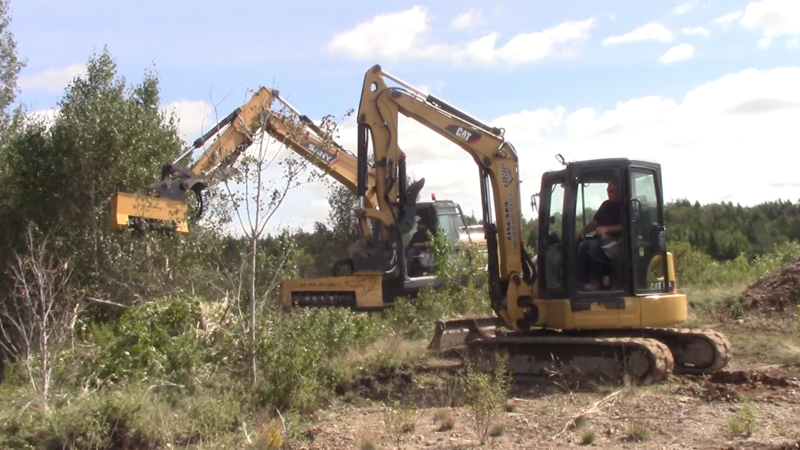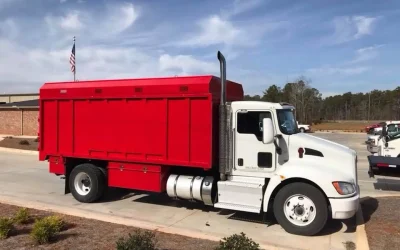Some yield losses are to be expected during the steel milling process. Yield loss is the term for the difference between the weight of material being produced versus the weight of material being used. If you subtract the amount of material that a steel mill produces from the amount of material that it started with at the beginning, this will equal the total yield loss. It is important for a plant manager to keep the amount of yield losses down to an acceptable level to avoid wasting materials and losing the plant money. Some yield loss might be inevitable. Typically, yield losses of around 5% are considered acceptable. This number can be slightly higher or lower depending on the specific product that is being produced, and the methods that are used.
Where Does Yield Loss Come From?
There is a variety of things that could contribute to yield losses during the steel rolling process. For instance, during rolling, the steel might exit a rolling mill at an unusual angle and end up not being able to continue through the rolling process as normal. This material would then need to be recycled as scrap. It may be beneficial to buy support rolls to help guide the steel through the working rolls. Some yield losses can be unavoidable. For example, when steel coil is made, it is often necessary to trim the edges of the end product. This will result in slight yield loss. Also, scale will form on hot steel when it cools. The scale must then be removed, resulting in a small yield loss.
Why Understanding Yield Loss Is Important
Understanding yield loss is particularly important due to increased costs. Although the wasted steel can be scrapped and recycled later, the costs and labor for the process of recycling the steel will add up quickly. Any waste that can be eliminated will translate directly into cost savings. Also, understanding yield loss is extremely important to predicting the projected output of a mill. With knowledge of the usual yield losses of a mill, the materials required in order to produce the amount of product necessary can be accurately predicted.
Comparing Yield Performances
A typical way to get an idea of how a plant is performing is to compare it’s average performance with other similar steel plants. Some collaboration and technical visits between plants is common in the steel industry. These arrangements are mutually beneficial, because everyone can learn from each other and benefit the industry as a whole



